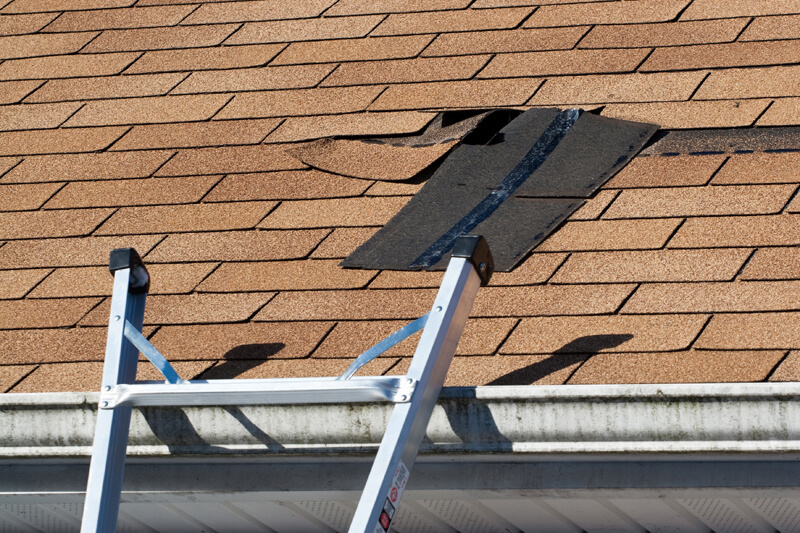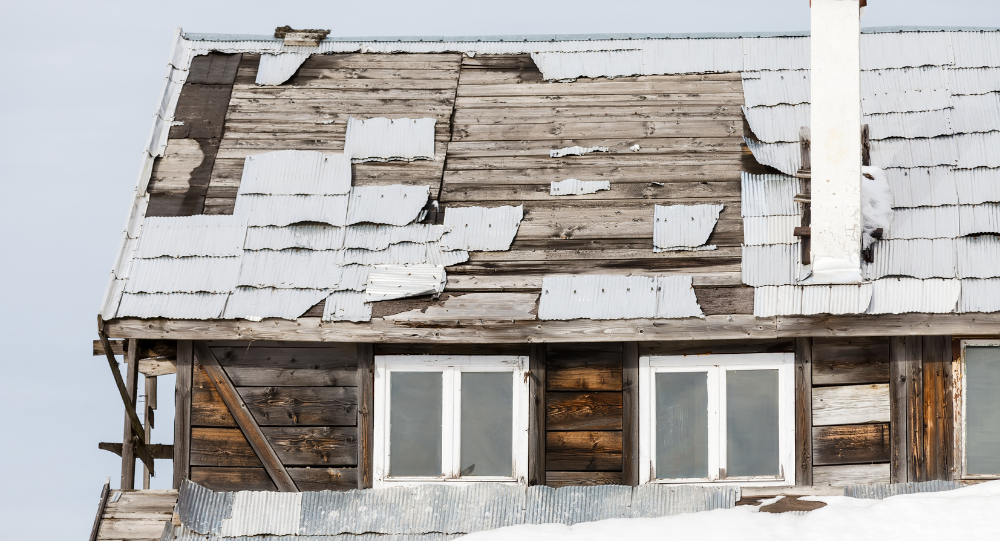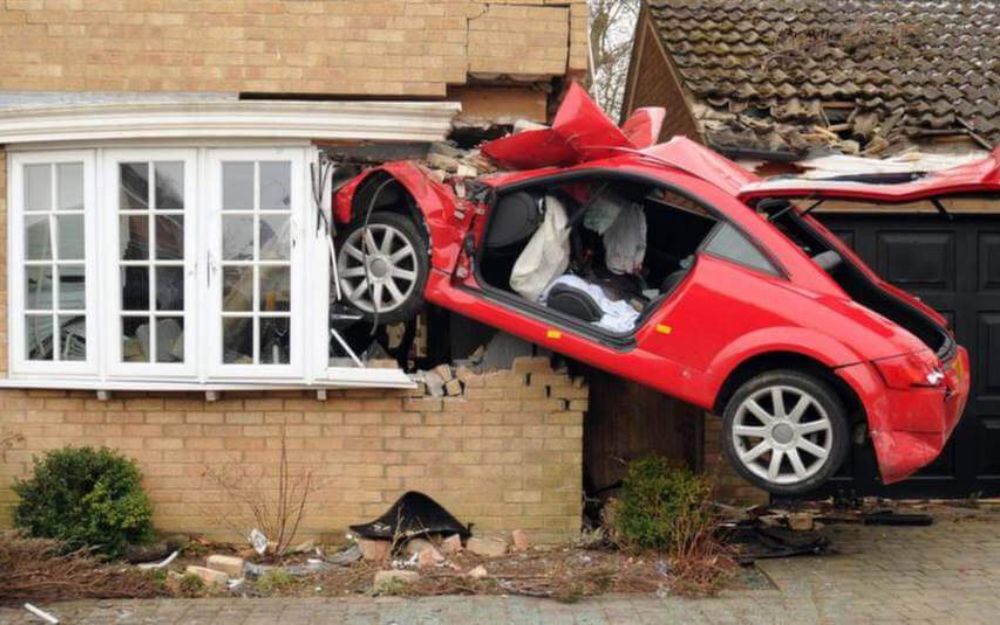It may seem interesting when choosing your next home to consider a "fixer upper" home…

True or false: 5 myths explained to maximize the life of your roof
Regardless of their composition, our blankets serve many functions; they protect us from the cold and snow while keeping us dry. It is therefore normal that we want to take good care of them. The experts at Legault-Dubois demystify 5 urban legends about roofs so that you can better direct your interventions and save money in the long term.
Doubts about the condition of your roof?
Call on our experts before your find yourself
struggling with a water infiltration problem
- The age of a roof remains the predominant factor in the effectiveness of a roof
False. Too many home inspectors do not take the time to examine the roof, preferring to base their diagnosis on its age. However, many other factors influence the useful life of a roof: the quality of the cladding, the installation method used, exposure to the sun, the temperature of the attic in winter as well as in summer (overheating). To judge the condition of a roof, Legault-Dubois inspectors recommend a close inspection each time the situation permits, followed by a tour of the attic. This visit allows them to verify certain clues that speak volumes about the condition of the roof. The presence of rings on the trusses, traces of droplets on the insulation and rust on the nails are all signs pointing to a problem of water infiltration or excessive condensation.
- The presence of warping shingles is a sign of deterioration
True. Asphalt shingles sometimes suffer from a warping effect usually caused by a movement of the substrate on which they are applied. These substrates, made of wood planks, shrink or swell at different temperatures, depending on their moisture content. The difference between the shrinkage or expansion of two boards will cause the shingles they support to warp. Its movement can eventually lead to shingle cracking and consequently to water infiltration. Installing shingles on exterior plywood rather than wood planks will largely solve the problem for the future.
- The shingles can deform slightly at the edge without affecting the shingle’s lifespan
True. It is possible that the shingles along the edge of the roof may warp while the rest of the siding remains flat. These small bumps can have several causes: nails or staples being lifted, a foreign object (sheet, pebbles) between two layers of shingles, old siding that has not been properly removed, etc.
These gaps are purely aesthetic and can be easily corrected. Simply adhere the raised part to the shingle using heat treatment glue. Keep in mind that if these deformations do not exceed 1/2 inch (12mm) in height, they are not likely to cause leaks or shingles to tear off by the wind.
- The presence of granules in the eavestrough system indicates the end of the roof
True and false. During their manufacture, granules are applied to the top asphalt coating of the shingles while they are still hot. To make sure the shingles are completely covered, too much granules are used. These granules play a much more important role than just aesthetics. They are used to protect the integrity of the shingles against atmospheric elements such as wind or solar ultraviolet rays.
It is normal, during the 2 years following the installation of the new roofing, for this excess of granules to detach and end up in the eavestroughs or at the bottom of downspouts. However, if you notice a continuous detachment of the granules after this period, we recommend that you check the roof for shingles without granules.
- Long blackish streaks on the roof can be of no consequence other than aesthetic
True, these slides are the result of the proliferation of a type of algae called Gloeocapsa. This phenomenon occurred mainly in the warmer, wetter climates of the south but in recent years it has become increasingly common in Canada. These algae are difficult to eliminate completely and our experts strongly advise against trying to get rid of them by high pressure washing as it could damage the shingles. A mixture of bleach and water will at least allow you to minimize their visual impact. We remind you to be extremely careful when venturing on the roof as the preparation of bleach can make the roof slippery. Also, make sure that the solution does not accidentally touch any other element as it could alter the color.
In closing, the Legault-Dubois inspectors would like to remind you that rainwater can be collected for various domestic uses such as watering plants and the garden, but never for consumption. In fact, we should not use this water for cooking or washing because even though shingles are considered safe in terms of water contamination, rainwater collects many other contaminants that end up on the roof: wind-borne dust, dead insects, algae, bird droppings, rodent droppings, etc.


